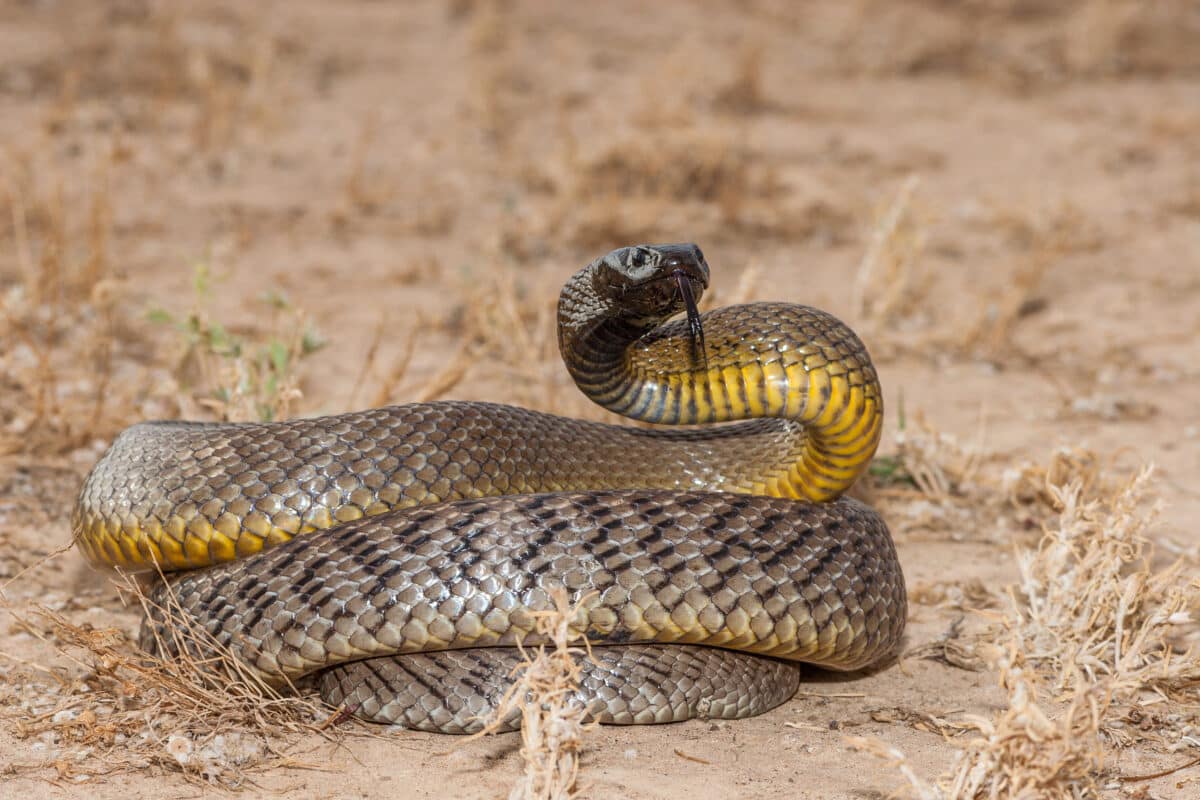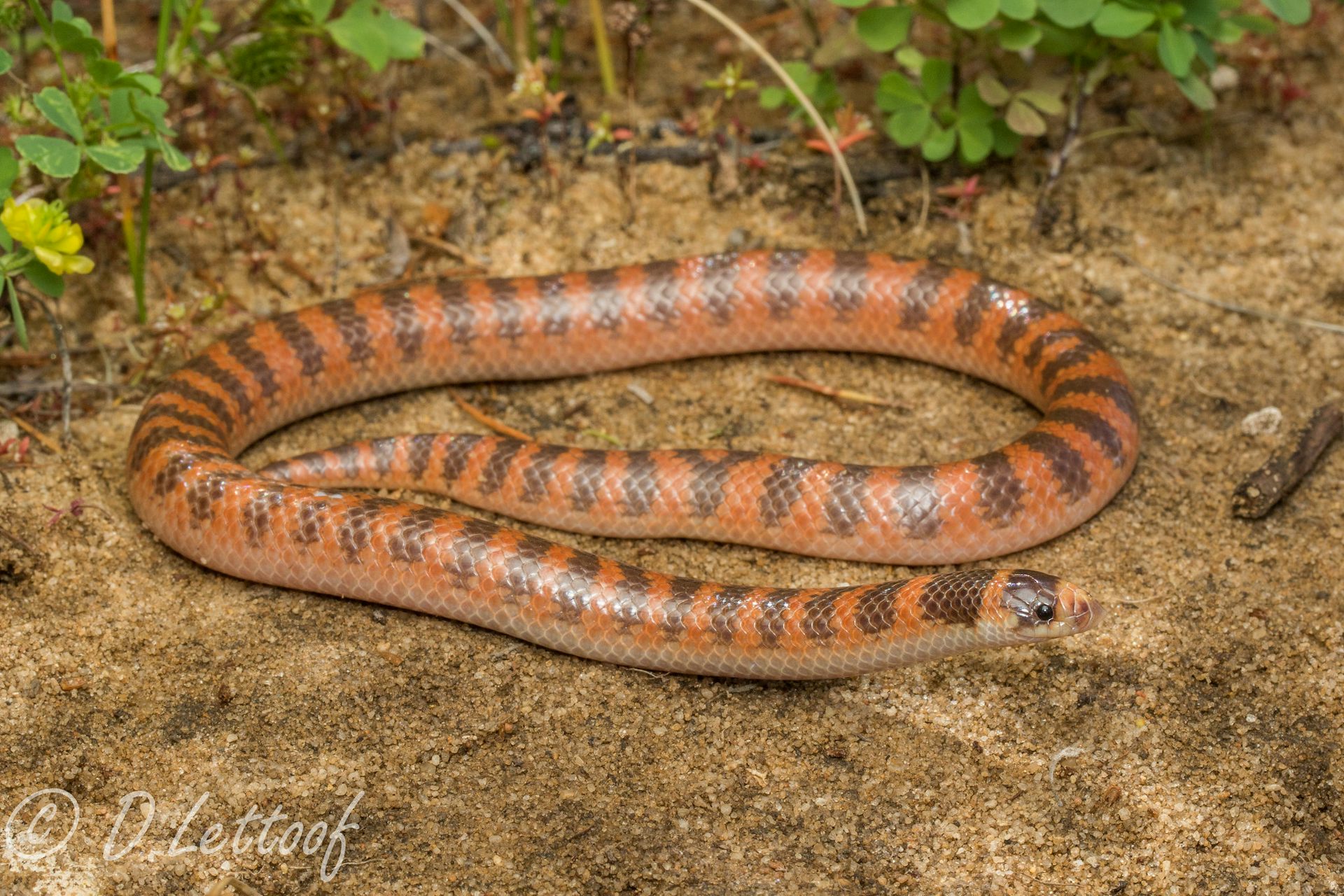Introduction
The tiger serpent is among Australia's the majority of notorious reptiles, feared for its potent poison and hostile character. This fascinating animal plays an essential role in the ecosystem, yet it commonly faces misconceptions that bring about unnecessary worry. In this thorough post, we will explore the world of the tiger serpent, discovering its habitat, venom features, and crucial emergency treatment techniques in case of a serpent bite.
Understanding the Tiger Snake: Environment, Poison, and Emergency Treatment Essentials
Tiger serpents are primarily discovered along the southerly coastline of Australia, consisting of Tasmania. They thrive in different Snakebite first aid settings such as marshes, coastal areas, and even urban locations. Their adaptability makes them successful predators; however, their distance to human environments frequently leads to encounters that can result in bites.
This post aims to debunk tiger serpents by discussing their habitat choices, analyzing their venom make-up and impacts on humans, and providing crucial emergency treatment info for bites.
1. Tiger Snake Habitat: Where Do They Live?
1.1 Introduction of Tiger Snake Distribution
Tiger snakes (Notechis scutatus) are mainly discovered in southern Australia and Tasmania. They live in numerous ecological communities ranging from seaside marshes to freshwater lakes.
- Coastal Areas: Tiger serpents are frequently spotted near shorelines where they quest for fish and amphibians. Wetlands: These areas offer adequate concealing spots and plentiful prey. Urban Areas: As cities expand right into all-natural environments, tiger snakes may be seen venturing into country gardens or parks.
1.2 Preferred Habitats of Tiger Snakes
Tiger serpents choose wet environments where water sources are easily offered. Their habitats commonly include:
- Marshes: The dense vegetation enables them to ambush prey effectively. Swamps: These locations use shelter from predators while offering a rich searching ground. Riversides: Water bodies bring in many pets which work as food resources for these snakes.
1.3 Environmental Factors Influencing Environment Choice
Several aspects affect where tiger snakes choose to live:
- Temperature: Being ectothermic (cold-blooded), they need cozy environments for ideal activity levels. Prey Schedule: High populaces of frogs and little animals attract these snakes. Shelter: Dense plant life offers not just as camouflage yet also as security versus possible threats.
2. Are Tiger Snakes Venomous? Comprehending Their Venom
2.1 Composition of Tiger Snake Venom
Yes! Tiger snakes are without a doubt poisonous creatures. Their venom is a complex mixture consisting of neurotoxins that can trigger paralysis and coagulopathies impacting blood clotting mechanisms.
Key Elements of Venom:
- Neurotoxins: Impact nerve function causing paralysis. Hemotoxins: Damage capillary triggering inner bleeding.
Understanding these parts aids us appreciate the potency of a tiger serpent bite.
2.2 Impacts of a Tiger Serpent Attack on Humans
A bite from a tiger serpent can result in serious signs and symptoms:
- Local Symptoms: Discomfort, swelling, and staining at the bite site. Systemic Signs and symptoms: Nausea or vomiting, vomiting, trouble taking a breath because of paralysis or tightness of airways.
Severity Levels
Minor Bite: Localized pain without systemic symptoms. Moderate Bite: Systemic signs however manageable with clinical care. Severe Bite: Serious; needs immediate clinical intervention.3. Identifying Different Types of Tiger Snakes
3.1 Eastern vs Tasmanian Tiger Snakes
There are 2 key classifications based upon geographic distribution:
Eastern Tiger Snake (Notechis scutatus)
Found along eastern coasts up to Queensland.
Tasmanian Tiger Serpent (Notechis scutatus)
Adapted particularly to Tasmania's special environment with slightly varying coloration patterns.
3.2 Color Variations in Environment Preferences
Tiger serpents exhibit substantial color variants depending upon their habitat:
- Coastal populaces frequently present red stripes or blotches for far better camouflage versus sandy shores.
4. Behavior Patterns of Tiger Snakes
4.1 Hostility Level
Tiger snakes are known for their aggressive habits when endangered or caught which can result in defensive strikes if provoked.
4.2 Hunting Techniques
They possess exceptional agility permitting them to strike promptly at victim such as frogs or small rats primarily throughout twilight Camouflage in Australian snakes hours when they're most active-- making them nocturnal hunters!
5. First Aid for Snake Bites: Crucial Actions You Must Know
When it involves handling serpent bites, knowledge is vital!
5.1 Immediate Actions After a Bite
If bitten by a tiger snake:
Stay calm! Panic increases heart rate which spreads out venom faster through your bloodstream.
Apply pressure around the injury utilizing tidy fabrics-- prevent cutting or drawing out venom!
Remove tight clothing/jewelry near the bite site; swelling may happen rapidly.
Immobilize the impacted arm or leg utilizing splints preferably-- this limits motion aiding slow down poison spread!
5.2 Getting Medical Help
Seek emergency situation medical aid right away! Time is crucial when handling possible envenomation from tiger serpents!
5.3 Emergency treatment Set Basics for Snake Bites
Having a fully equipped first aid set can make all the difference during emergencies:
|Product|Summary|| ------|-------------|| Stress Plaster|Aids immobilize wound|| Sterilized Gauze|For clothing wounds|| Emergency Contact Details|Quick accessibility numbers|| Antivenom Info|Expertise regarding regional antivenoms|

6 FAQs Regarding Tiger Snakes
Q1: Are all tiger snakes dangerous?
A: While all have poisonous capacities affecting humans dramatically-- most choose evasion unless threatened!
Q2: How promptly does tiger snake poison influence humans?
A: Signs and symptoms might manifest within mins depending upon area & & quantity infused throughout envenomation events!
Q3: Can you survive a tiger serpent bite without treatment?
Venom circulation control A: Neglected attacks can be deadly due to fast development; immediate healthcare is crucial!


Q4: What ought to I do if I run into one?
A: Preserve distance & & pull back slowly; prevent unexpected motions that may provoke aggression!
Q5: Exactly how typical are bites from tiger snakes?
A: Although experiences take place often-- actual attacks continue to be reasonably unusual due greatly due precautionary procedures taken by locals living within impacted ranges.
Q6: Exists a remedy available?
A: Yes! Antivenoms details for Australian varieties exist-- medical facilities lug these medicines all set when needed urgently post-bite incidents!
7 Conclusion
Understanding the ins and outs bordering "Comprehending the Tiger Serpent: Habitat, Poison, and First Aid Essentials" is extremely important not just for personal safety but also cultivating conjunction with these amazing creatures populating Australia's landscape! By learning more about their actions & & effective feedback methods concerning potential encounters-- we outfit ourselves better versus unnecessary fears while appreciating nature's variety fully! So let's welcome education and learning instead are afraid-- it leads in the direction of harmony in between humanity wild animals alike!